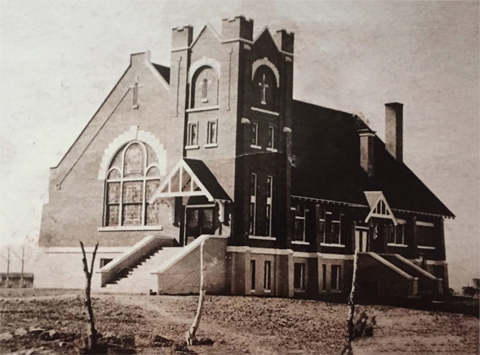By Gwenfred J. Crowther In the Spring of 1867 a group of the pioneers of the Malad Valley met and came to the conclusion that a flour mill was of vital importance to the community. They checked the possible locations and the various streams as a possibility of water power running the mill and doing …
Read the full post →“Malad’s First Flour Mill Was Constructed in 1867 “
